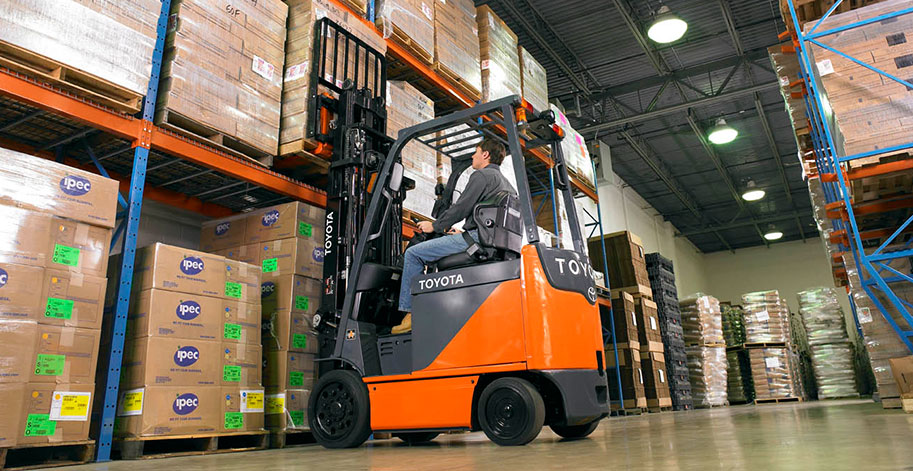Insurance creates a foundation to support business growth. Equipment like forklifts reflect both a large financial investment and operational importance for businesses. Many clients view finance as a growth tool to buy the equipment today in hopes to boost cash flow, but don’t see insurance in the same way. The risk of damage, theft, or loss will hit directly to your bank account, and for many small businesses, that loss may be too big to withstand. Investing in your business includes investing in quality insurance to avoid a sudden loss.
Many businesses across Australia, from small family-run operations to large warehouses, rely on forklifts every day. They’re used in factories, logistics depots, construction sites, and retail storage spaces anywhere goods need to be lifted, moved, or stacked. But with that convenience comes serious risk. It’s easy to forget how quickly things can go wrong in the middle of a busy shift. Tight corners, slick floors, uneven loading docks, and pressurized hydraulics all create the potential for accidents that can cause injury, damage, or costly downtime.
Forklifts also represent a major financial investment. Many are purchased through finance or leasing to manage cash flow, meaning the business remains liable for repayments even if the machine is damaged or written off. Without proper insurance, one accident could put huge strain on cash reserves or even threaten the survival of the business. Insurance keeps that from happening, protecting your investment and your operations.

